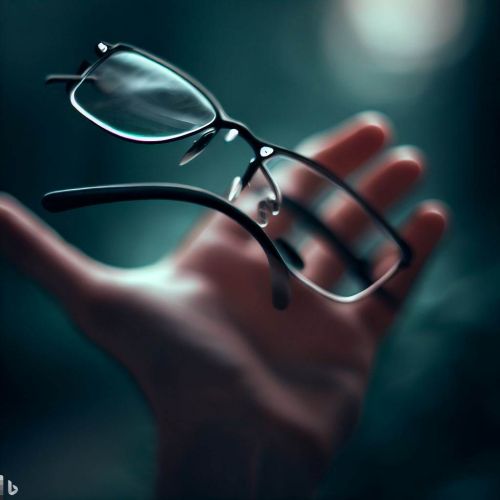What are the advantages of SuperSight Surgery Over LASIK?
SuperSight Surgery offers several advantages over LASIK for vision correction:
Supporters assert that individuals aged 50 and above frequently encounter a stiffening of the natural lens due to presbyopia, leading to the requirement for reading glasses or bifocals. They characterize these lenses as "impaired" when compared to the more pliable lenses found in younger individuals. Consequently, advocates contend that substituting an older lens, which is not performing optimally, represents a more logical approach than extracting a fully operational, flexible lens from a younger person—like a 30-year-old who hasn't yet developed presbyopia.
Cataract Prevention: One significant advantage is the prevention of cataract development. During SuperSight Surgery, the natural lens is replaced with a plastic implant that is resistant to cataracts. This eliminates the risk of cataracts occurring in the future.
Presbyopia Correction: SuperSight Surgery is particularly beneficial for individuals in their 50s or older who experience presbyopia. By replacing the stiffened and dysfunctional natural lens with a more flexible implant, SuperSight Surgery can address presbyopia and reduce the need for reading glasses or bifocals.
Extended Lifespan of Vision Correction: While LASIK provides effective vision correction, the lens of the eye can still develop cataracts over time, requiring cataract surgery in the future. In contrast, SuperSight Surgery not only corrects vision but also prevents cataracts from forming, offering a longer lifespan of clear vision without the need for additional surgeries.
Advanced Implant Technologies: SuperSight Surgery utilizes advanced implant technologies, such as multi-focal or multifocal toric lens implants. These implants can correct various vision issues simultaneously, including presbyopia, astigmatism, and near or farsightedness, providing comprehensive vision correction tailored to the individual's needs.
Customization and Personalization: SuperSight Surgery allows for a high degree of customization and personalization based on the patient's unique visual requirements. Surgeons can select the most suitable implant and adjust the procedure to address specific vision problems, resulting in optimized outcomes.
Potential Long-Term Cost Savings: While the initial cost of SuperSight Surgery may be higher than LASIK, the long-term cost savings can be significant. By avoiding potential cataract surgeries and reducing dependence on corrective eyewear, individuals who undergo SuperSight Surgery may experience financial benefits in the long run.



It is crucial to seek advice from an eye care professional to ascertain the most appropriate vision correction procedure based on individual circumstances and requirements.
| Quote of the day: |
|
If you do what you’ve always done, you’ll get what you’ve always gotten.
– Tony Robbins
|



